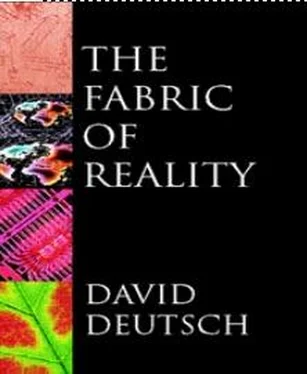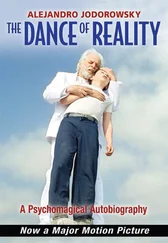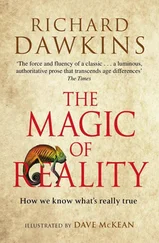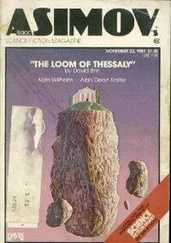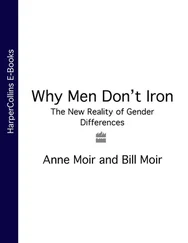David Deutch - The Fabric of Reality
Здесь есть возможность читать онлайн «David Deutch - The Fabric of Reality» весь текст электронной книги совершенно бесплатно (целиком полную версию без сокращений). В некоторых случаях можно слушать аудио, скачать через торрент в формате fb2 и присутствует краткое содержание. ISBN: , Жанр: Физика, Философия, на английском языке. Описание произведения, (предисловие) а так же отзывы посетителей доступны на портале библиотеки ЛибКат.
- Название:The Fabric of Reality
- Автор:
- Жанр:
- Год:неизвестен
- ISBN:0-7139-9061-9
- Рейтинг книги:4 / 5. Голосов: 2
-
Избранное:Добавить в избранное
- Отзывы:
-
Ваша оценка:
- 80
- 1
- 2
- 3
- 4
- 5
The Fabric of Reality: краткое содержание, описание и аннотация
Предлагаем к чтению аннотацию, описание, краткое содержание или предисловие (зависит от того, что написал сам автор книги «The Fabric of Reality»). Если вы не нашли необходимую информацию о книге — напишите в комментариях, мы постараемся отыскать её.
The Fabric of Reality — читать онлайн бесплатно полную книгу (весь текст) целиком
Ниже представлен текст книги, разбитый по страницам. Система сохранения места последней прочитанной страницы, позволяет с удобством читать онлайн бесплатно книгу «The Fabric of Reality», без необходимости каждый раз заново искать на чём Вы остановились. Поставьте закладку, и сможете в любой момент перейти на страницу, на которой закончили чтение.
Интервал:
Закладка:
Using a quantum auxiliary device in this way might be considered cheating, since any environment is obviously much easier to render if one has access to a spare copy of it to measure during the rendering! However, Feynman conjectured that it would not be necessary to use a literal copy of the environment being rendered: that it would be possible to find a much more easily constructed auxiliary device whose interference properties were nevertheless analogous to those of the target environment. Then a normal computer could do the rest of the rendering, working through the analogy between the auxiliary device and the target environment. And, Feynman expected, that would be a tractable task. Furthermore, he conjectured, correctly as it turned out, that all the quantum-mechanical properties of any target environment could be simulated by auxiliary devices of a particular type that he specified (namely an array of spinning atoms, each interacting with its neighbours). He called the whole class of such devices a universal quantum simulator.
But it was not a single machine, as it would have to be in order to qualify as a universal computer. The interactions that the simulator’s atoms would have to undergo could not be fixed once and for all, as in a universal computer, but would have to be re-engineered for the simulation of each target environment. But the point of universality is that it should be possible to program single machine, specified once and for all, to perform any possible computation, or render any physically possible environment. In 1985 I proved that under quantum physics there is a universal quantum computer. The proof was fairly straightforward. All I had to do was mimic Turing’s constructions, but using quantum theory to define the underlying physics instead of the classical mechanics that Turing had implicitly assumed. A universal quantum computer could perform any computation that any other quantum computer (or any Turing-type computer) could perform, and it could render any finite physically possible environment in virtual reality. Moreover, it has since been shown that the time and other resources that it would need to do these things would not increase exponentially with the size or detail of the environment being rendered, so the relevant computations would be tractable by the standards of complexity theory.
The classical theory of computation, which was the unchallenged foundation of computing for half a century, is now obsolete except, like the rest of classical physics, as an approximation scheme. The theory of computation is now the quantum theory of computation. I said that Turing had implicitly used ‘classical mechanics’ in his construction. But with the benefit of hindsight we can now see that even the classical theory of computation did not fully conform to classical physics, and contained strong adumbrations of quantum theory. It is no coincidence that the word bit, meaning the smallest possible amount of information that a computer can manipulate, means essentially the same as quantum, a discrete chunk. Discrete variables (variables that cannot take a continuous range of values) are alien to classical physics. For example, if a variable has only two possible values, say 0 and 1, how does it ever get from 0 to 1? (I asked this question in Chapter 2.) In classical physics it would have to jump discontinuously, which is incompatible with how forces and motions work in classical mechanics. In quantum physics, no discontinuous change is necessary — even though all measurable quantities are discrete. It works as follows.
Let us start by imagining some parallel universes stacked like a pack of cards, with the pack as a whole representing the multiverse. (Such a model, in which the universes are arranged in a sequence, greatly understates the complexity of the multiverse, but it suffices to illustrate my point here.) Now let us alter the model to take account of the fact that the multiverse is not a discrete set of universes but a continuum, and that not all the universes are different. In fact, for each universe that is present there is also a continuum of identical universes present, comprising a certain tiny but non-zero proportion of the multiverse. In our model, this proportion may be represented by the thickness of a card, where each card now represents all the universes of a given type. However, unlike the thickness of a card, the proportion of each type of universe changes with time under quantum-mechanical laws of motion. Consequently, the proportion of universes having a given property also changes, and it changes continuously. In the case of a discrete variable changing from 0 to 1, suppose that the variable has the value 0 in all universes before the change begins, and that after the change, it has the value 1 in all universes. During the change, the proportion of universes in which the value is 0 falls smoothly from 100 per cent to zero, and the proportion in which the value is 1 rises correspondingly from zero to 100 per cent. Figure 9.4shows a multiverse view of such a change.
It might seem from Figure 9.4that, although the transition from 0 to 1 is objectively continuous from the multiverse perspective, it remains subjectively discontinuous from the point of view of any individual universe — as represented, say, by a horizontal line halfway up Figure 9.4. However, that is merely a limitation of the diagram, and not a real feature of what is happening. Although the diagram makes it seem that there is at each instant a particular universe that ‘has just changed’ from 0 to 1 because it has just ‘crossed the boundary’, that is not really so. It cannot be, because such a universe is strictly identical with every other universe in which the bit has value 1 at that time. So if the inhabitants of one of them were experiencing a discontinuous change, then so would the inhabitants of all the others. Therefore none of them can have such an experience. Note also that, as I shall explain in Chapter 11, the idea of anything moving across a diagram such as Figure 9.4, in which time is already represented, is simply a mistake. At each instant the bit has value 1 in a certain proportion of universes and 0 in another. All those universes, at all those times, are already shown in Figure 9.4. They are not moving anywhere!
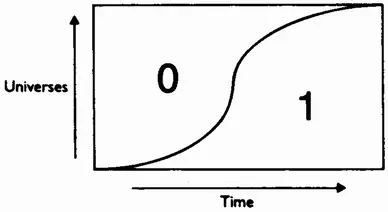
FIGURE 9.4 Multiverse view of how a bit changes continuously from 0 to 1.
Another way in which quantum physics is implicit in classical computation is that all practical implementations of Turing-type computers rely on such things as solid matter or magnetized materials, which could not exist in the absence of quantum-mechanical effects. For example, any solid body consists of an array of atoms, which are themselves composed of electrically charged particles (electrons, and protons in the nuclei). But because of classical chaos, no array of charged particles could be stable under classical laws of motion. The positively and negatively charged particles would simply move out of position and crash into each other, and the structure would disintegrate. It is only the strong quantum interference between the various paths taken by charged particles in parallel universes that prevents such catastrophes and makes solid matter possible.
Building a universal quantum computer is well beyond present technology. As I have said, detecting an interference phenomenon always involves setting up an appropriate interaction between all the variables that have been different in the universes that contribute to the interference. The more interacting particles are involved, therefore, the harder it tends to be to engineer the interaction that would display the interference — that is, the result of the computation. Among the many technical difficulties of working at the level of a single atom or single electron, one of the most important is that of preventing the environment from being affected by the different interfering sub-computations. For if a group of atoms is undergoing an interference phenomenon, and they differentially affect other atoms in the environment, then the interference can no longer be detected by measurements of the original group alone, and the group is no longer performing any useful quantum computation. This is called decoherence. I must add that this problem is often presented the wrong way round: we are told that ‘quantum interference is a very delicate process, and must be shielded from all outside influences’. This is wrong. Outside influences could cause minor imperfections, but it is the effect of the quantum computation on the outside world that causes decoherence.
Читать дальшеИнтервал:
Закладка:
Похожие книги на «The Fabric of Reality»
Представляем Вашему вниманию похожие книги на «The Fabric of Reality» списком для выбора. Мы отобрали схожую по названию и смыслу литературу в надежде предоставить читателям больше вариантов отыскать новые, интересные, ещё непрочитанные произведения.
Обсуждение, отзывы о книге «The Fabric of Reality» и просто собственные мнения читателей. Оставьте ваши комментарии, напишите, что Вы думаете о произведении, его смысле или главных героях. Укажите что конкретно понравилось, а что нет, и почему Вы так считаете.
